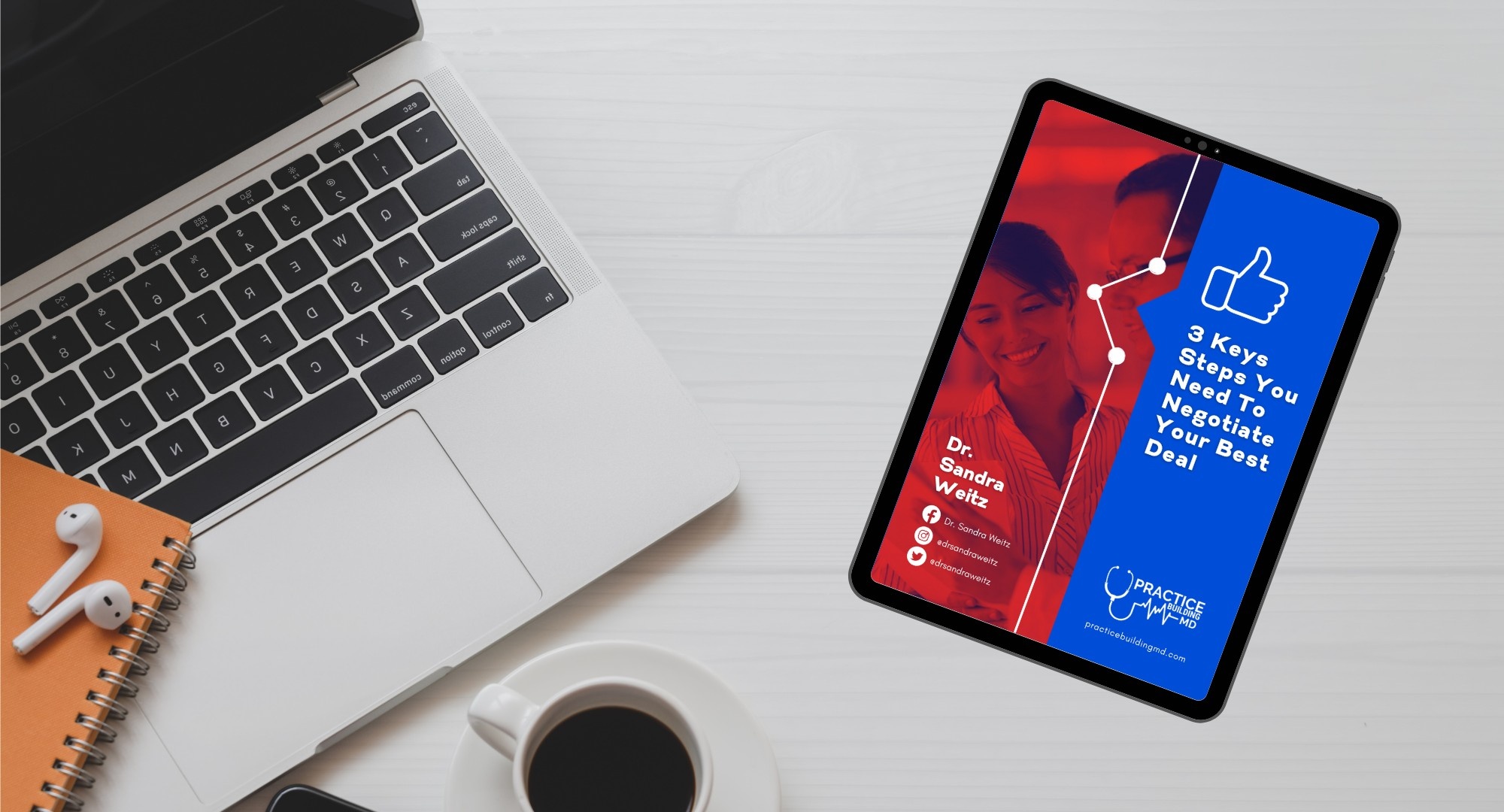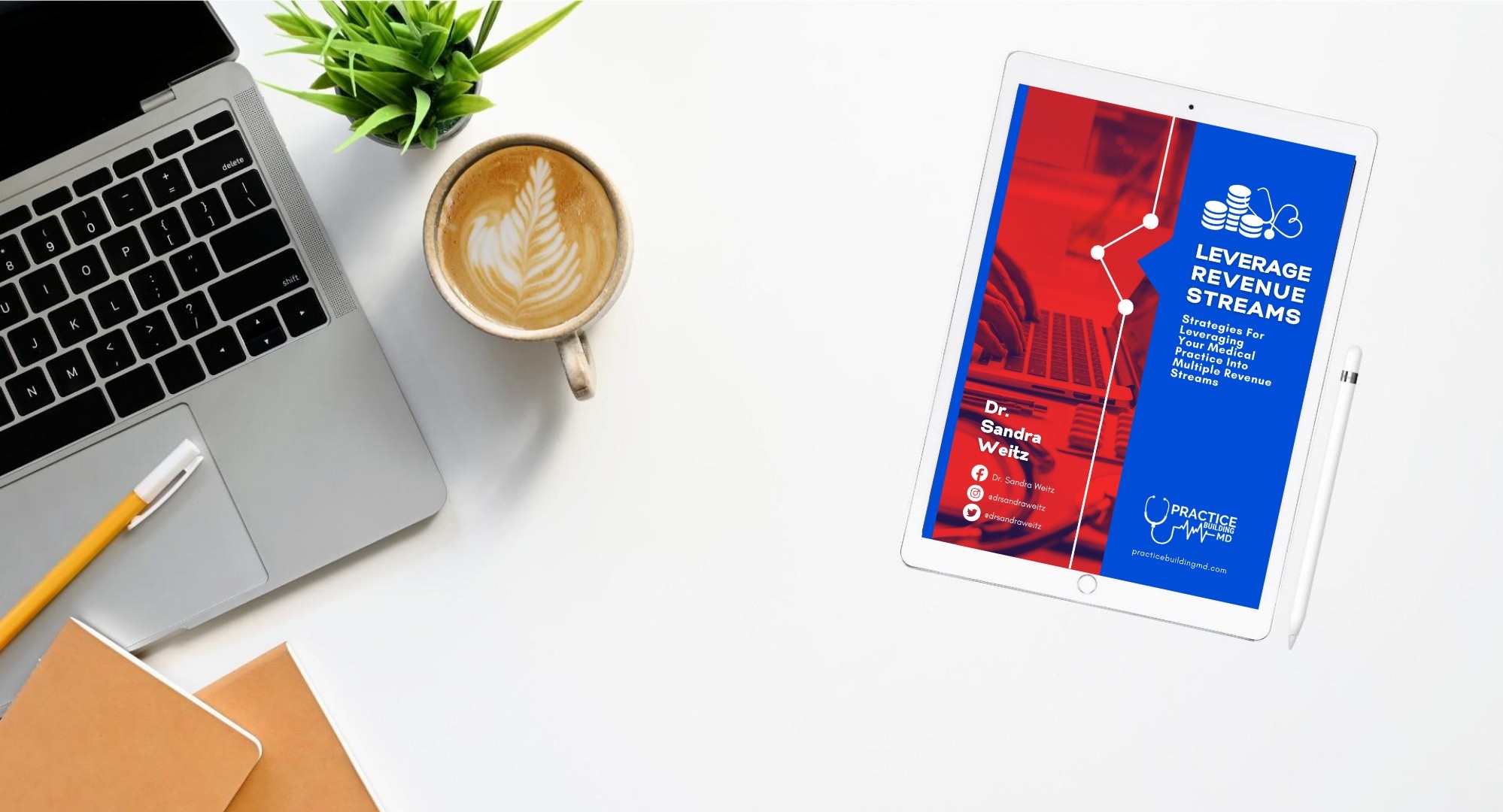Episode 39: Why YOU want to add Remote Patient Monitoring to your practice
July 06, 2021
Today I want to talk to you about remote patient monitoring (RPM). RPM has been around since the 1960s but it wasn't until January, 2020 when CMS increased reimbursement that adoption increased.
There are several reasons that you should want to add RPM to your practice:
- You can take better care of your patients
- RPM can improve patient accountability
- RPM can improve patient satisfaction
- RPM can help your practice meet value-based reimbursement criteria
- You can get paid for RPM
RPM refers to technology and practices that help practitioners track their patients’ health data remotely to design a treatment plan. It’s the process of combining remote patient monitoring technology with devices, and it enables the doctor to monitor vitals and other critical data remotely without the physician actually having to provide the service.
How does RPM work?
- A device transmits patient information, usually through a mobile app, which in turn sends the data to the provider’s office.
- Core requirements include being HIPAA compliant and EMR compatible.
- The provider-side of the application must have these modules:
- analytics
- notification
- decision support
- report
How RPM actually works:
- Physician writes an order for RPM
- Patient receives the device.
- Physician office can bill for set up/education as one time charge 99453
- Patient sends 16 readings/transmissions to physician office and physician office spends 20 minutes on RPM per calendar month in order to bill 99457
- If an additional 20 minutes are spent, you can bill 99458 (up to 2 x 99458 or 1 hour spent on RPM/month)
Things you’ll want to think about when choosing an RPM vendor:
- What services does the vendor provide?
- Some vendors provide a software platform
- Some provide software + device
- Some vendors offer a completely turnkey solution
- What is the fee structure for the vendor's services?
- What additional staff do you need?
You will want to build out the revenue and overhead to understand your financial projections from the RPM component of your practice.
The key takeaways:
- Remote Patient Monitoring provides many benefits for you and your patients.
- There are many conditions that can be monitored and a variety of devices to assess them.
- For RPM to be successful it requires the patient to be compliant with transmitting their data points. That means that everything about RPM needs to be easy for that patient or they will drop out. This should be your first and foremost consideration when choosing both the device and any vendor that you choose for your practice
For a full searchable copy of the transcript, click here.
Join my FB group, The Private Medical Practice Academy to be part of a community interested in starting, running and growing their private medical practices and leveraging them into multiple revenue streams.
If you'd like to hear more tips on how to start, run and grow your practice and related medical businesses, please sign up for my newsletter at https://www.thepracticebuildingmd.com.

HOW TO START YOUR OWN MEDICAL PRACTICE JJJJJJJ
Are you overwhelmed at the thought of starting your own private practice? This cheat sheet will give you a roadmap with step-by-step instructions to get your practice up and running.

USE YOUR PRACTICE TO WORK LESS AND GENERATE MORE MONEY
Do you want to make more money without working harder but don't know how? My guide of proven strategies to leverage your medical practice will show you how.

3 KEY STEPS TO NEGOTIATE YOUR BEST DEAL
Regardless of what you are negotiating, you want to get the best deal.
This guide will give you the tools you need to set yourself up to win the negotiation game.






